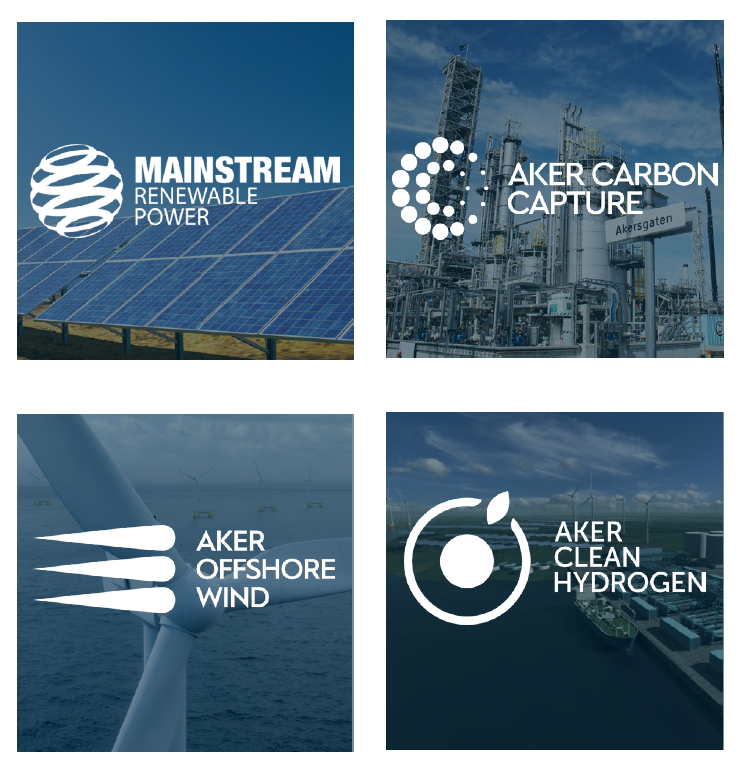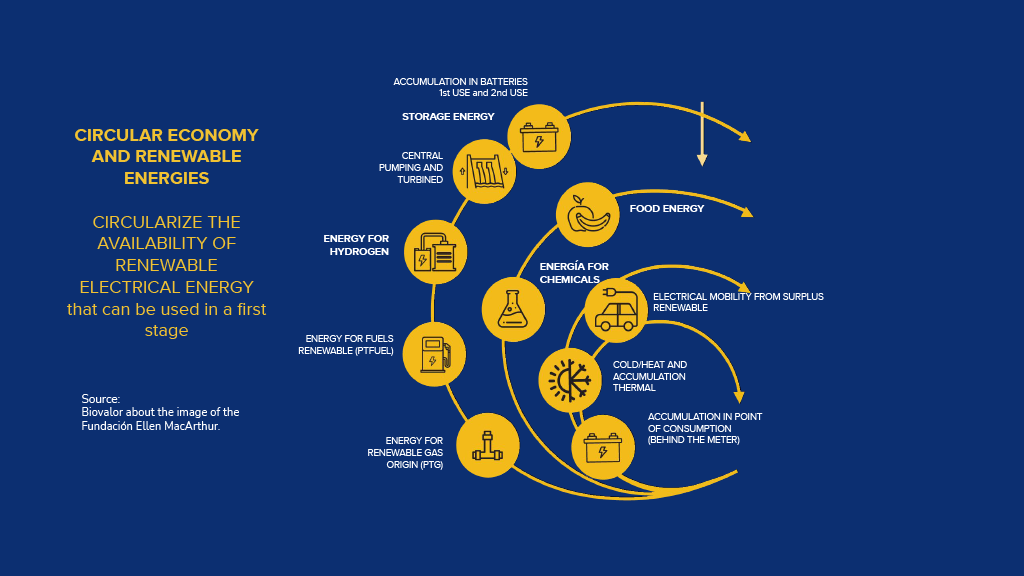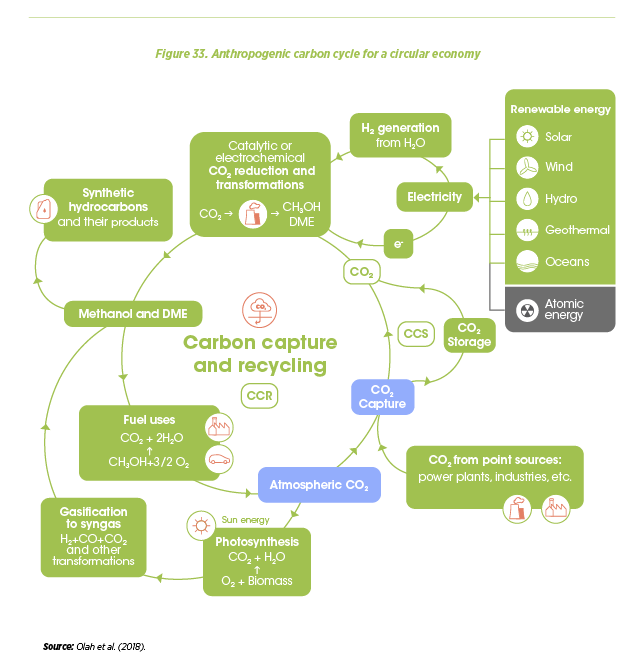The Ammonia Wrap: world's largest ammonia manufacturing complex begins decarbonising, and a welcome boost for EU fertiliser producers
Welcome to the Ammonia Wrap: a summary of all the latest announcements, news items and publications about ammonia energy. This week: the world's largest ammonia manufacturing complex begins decarbonising, a call for green hydrogen projects in Chile, new maritime decarbonisation forecast from MAN ES, decarbonised shipping at the Biden climate summit and Fertilizers Europe welcomes the new Carbon Border Adjustment Mechanism.









